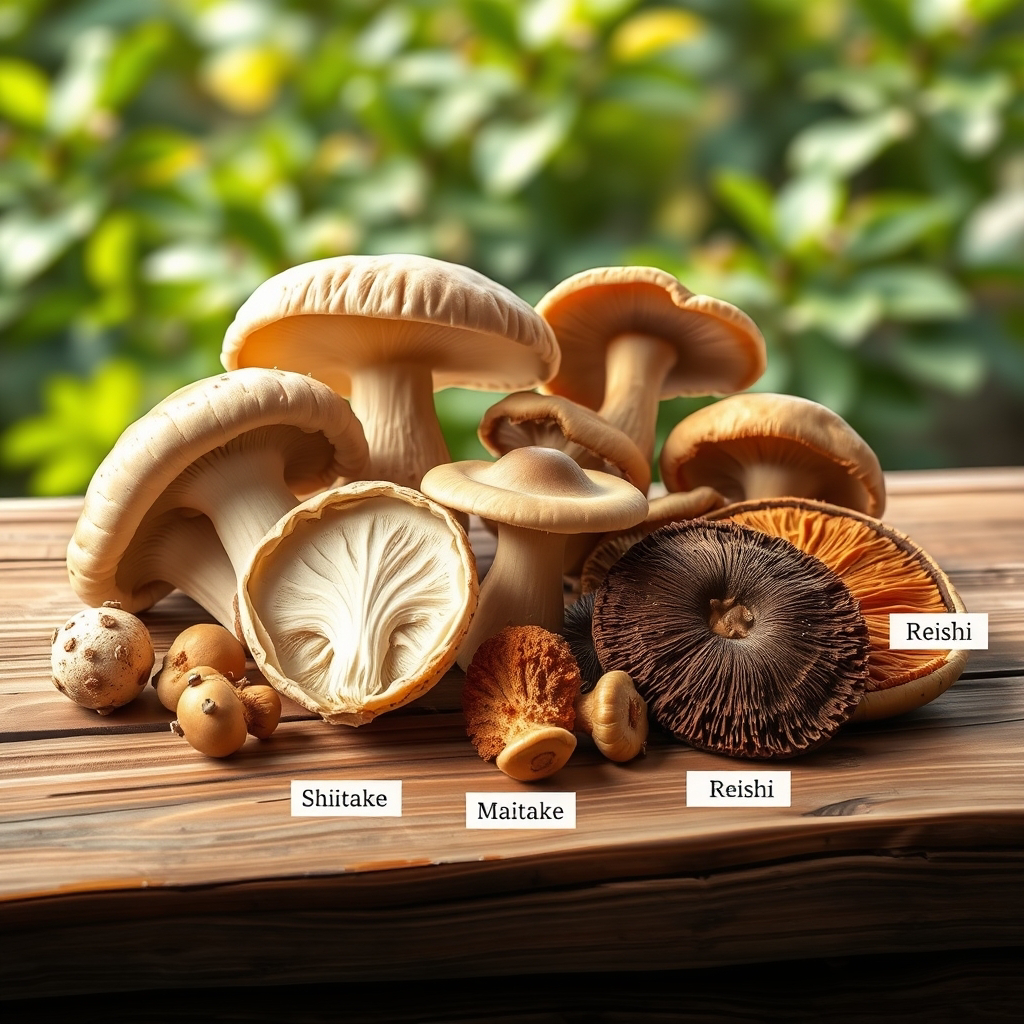Welcome back to our ongoing series, Wednesday Woman, where we celebrate extraordinary women who have left an indelible mark on history. Today, we shine a spotlight on Marie Curie—a trailblazing scientist whose groundbreaking work revolutionized our understanding of radioactivity and paved the way for future generations in science and medicine.
Who Was Marie Curie?
Marie Skłodowska Curie was born on November 7, 1867, in Warsaw, Poland. From a young age, she displayed an insatiable curiosity and passion for science and learning. Despite facing numerous obstacles as a woman in a male-dominated field and coming from a modest background, her determination and brilliance propelled her to become one of the most influential scientists of her time.
Pioneering Discoveries in Radioactivity
Marie Curie is best known for her pioneering research on radioactivity—a term she herself coined. Her meticulous experiments led to the discovery of two new elements: polonium (named after her homeland, Poland) and radium. These discoveries were instrumental in understanding atomic structure and the nature of radioactive decay.
Her work laid the foundation for the development of X-ray technology and had profound implications for medicine, especially in cancer treatment.
Breaking Barriers in Science
Marie Curie shattered gender barriers in science. She was the first woman to win a Nobel Prize and remains the only woman to have won Nobel Prizes in two different scientific fields: Physics (1903, shared with Pierre Curie and Henri Becquerel) and Chemistry (1911, for her discovery of radium and polonium).
Her achievements challenged societal norms and inspired countless women to pursue careers in STEM fields.
A Legacy of Dedication and Service
Throughout her life, Marie Curie exemplified unwavering dedication to scientific inquiry and humanitarian service. During World War I, she developed mobile X-ray units to assist battlefield doctors, saving countless lives. Her commitment to applying science for the betterment of humanity continues to inspire us today.
Remembering Marie Curie
Marie Curie’s legacy endures—not only through her scientific contributions but also as a symbol of perseverance, curiosity, and breaking barriers. Her story reminds us that groundbreaking discoveries often come from relentless pursuit despite obstacles, and that science is a powerful tool for progress.
Final Thoughts
As we celebrate Marie Curie this Wednesday, let her life inspire us to question, explore, and push beyond limits. Her journey underscores the importance of curiosity, resilience, and dedication—values that continue to drive innovation and change in our world.
Stay tuned for our next Wednesday Woman, where we explore another remarkable figure whose contributions have shaped history.
References & Further Reading:
Marie Curie: A Life by Susan Quinn
https://www.nobelprize.org/
https://www.musee-curie.fr/en/
Thank you for reading! Celebrate the women who shape our world—every Wednesday.















